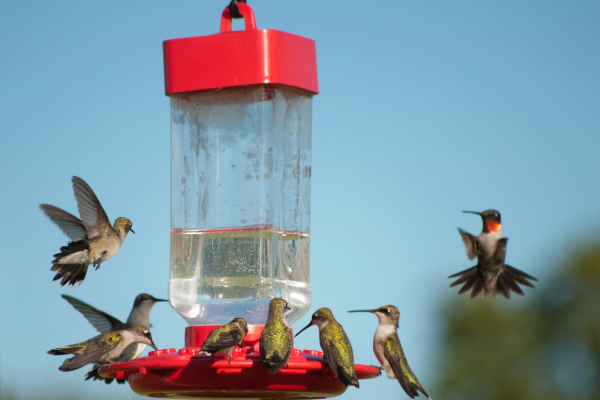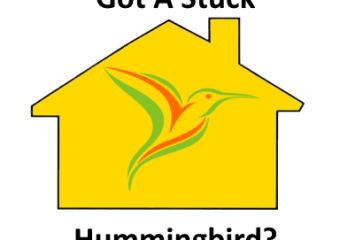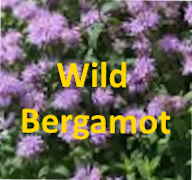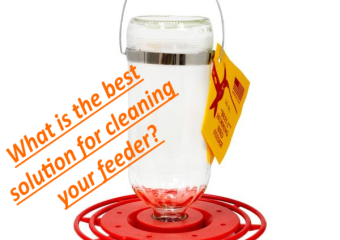5 Simple Ways to Attract Hummingbirds to Your Garden
Attracting hummingbirds to your garden can transform your outdoor space into a lively, colorful sanctuary full of rapid wingbeats and delicate bird songs. These tiny, vibrant birds are a joy to watch, and with a few simple techniques, you can invite them to visit your garden regularly. Whether you’re a seasoned bird watcher or a beginner, here are five easy ways to create an environment that hummingbirds will love.
1. Plant Vibrant, Nectar-Rich Flowers
One of the best methods to attract hummingbirds is by planting flowers that provide plenty of nectar. Hummingbirds are naturally drawn to bright colors, especially reds, oranges, and pinks, because these hues signal a rich source of food. Opt for tubular-shaped flowers, which are perfectly designed for hummingbirds’ long beaks and tongues to access nectar.
Some excellent choices include trumpet vine, bee balm, salvia, cardinal flower, and honeysuckle. By incorporating a variety of these plants throughout your garden, you create a continuous feast for hummingbirds from spring through fall. Be sure to plant flowers in clusters rather than singly—groupings are more attractive and easier for hummingbirds to spot.
2. Provide a Clean and Safe Water Source
Hummingbirds aren’t just looking for nectar—they also need water for drinking and bathing. Having a water source in your garden significantly increases its appeal. Unlike larger birds, hummingbirds prefer water that is gentle enough to bathe in, such as a misting fountain or a shallow birdbath.
Moving water is especially attractive because it signals a fresh source. If you don’t have a water feature, consider moving water with a dripper or mister to mimic natural conditions. Just remember to keep the water clean and fresh to prevent algae buildup or mosquito breeding, which can deter your feathered guests.
3. Set Up Hummingbird Feeders
While plants are essential, feeders can supplement their diet and help attract hummingbirds, especially in areas where flowers are scarce. Choose feeders designed specifically for hummingbirds, with red accents to draw their attention and multiple feeding ports.
To make your homemade nectar, mix one part white granulated sugar with four parts water. Boil the mixture and let it cool before filling your feeder—never use honey, artificial sweeteners, or food coloring, as these can harm the birds. Regularly clean your feeders, ideally weekly, to prevent mold and bacteria growth that can cause illness for hummingbirds.
4. Create Perching Spots and Shelter
Hummingbirds need resting places between feeding bouts, so providing perches will encourage them to linger longer in your garden. Thin, bare branches, thin wires, or perches attached to feeders offer safe spots for hummingbirds to rest while scanning for food or rivals.
Dense shrubs and trees also serve an important role by offering shelter from predators and harsh weather conditions. Incorporating native plants with sturdy branches will not only provide cover but also attract insects, which are an essential source of protein in hummingbird diets.
5. Avoid Using Pesticides and Chemicals
One crucial but often overlooked way to attract hummingbirds is to maintain a chemical-free garden. Pesticides and insecticides can poison the insects hummingbirds eat and may directly harm the birds themselves. A pesticide-free garden fosters a healthy ecosystem, encouraging the presence of pollinators, caterpillars, and spiders as additional food sources.
If pest problems arise, try natural methods like companion planting, introducing beneficial insects, or manual removal. Your commitment to an organic garden will create the safest and most inviting environment for hummingbirds and other wildlife.
By implementing these five simple strategies, you can invite hummingbirds to become regular visitors to your garden. Watching these fascinating creatures dart from flower to flower is not only mesmerizing but also contributes to the pollination of your plants and the overall health of your garden ecosystem. With patience and care, your outdoor haven will flourish with hummingbird activity season after season.






